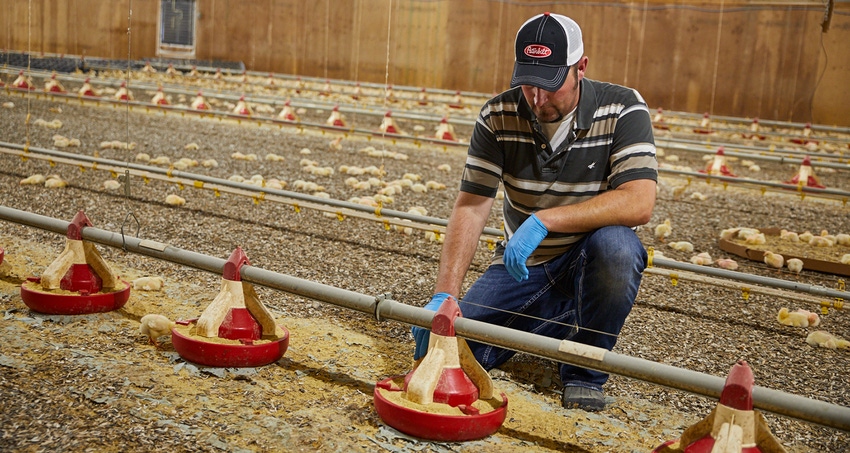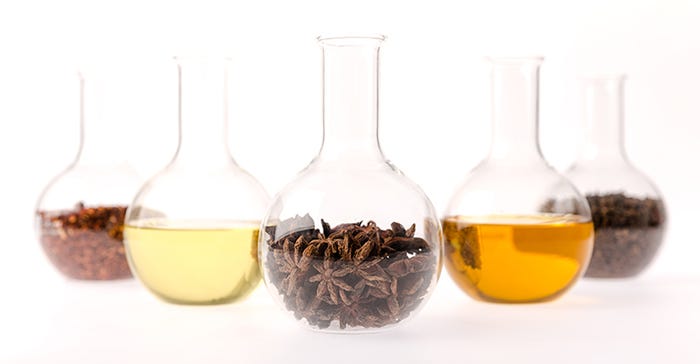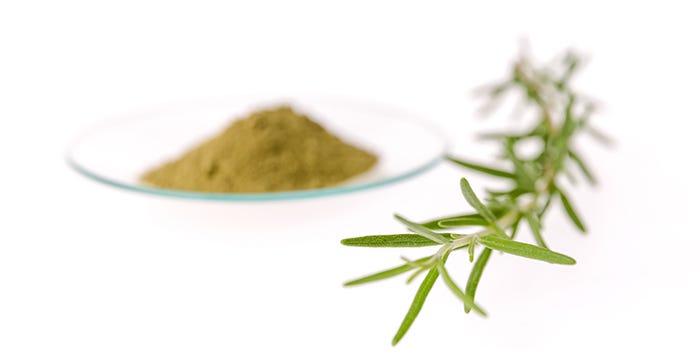As you look for solutions to feeding challenges, you may want to consider a rising star in the feed additives world: phytogenic feed additives.
November 30, 2017

Sponsored Content
As you seek solutions to feeding challenges, including those stemming from consumer-driven market demands such as cage-free hen housing or “no antibiotics ever” programs, you may want to consider a rising star in the feed additives world: phytogenics.
Phytogenic feed additives have been fed successfully to livestock in the United States for more than 15 years. However, in recent years, producers searching for new approaches to effectively support animal performance without the use of antibiotic growth promoters (AGPs) has driven increased interest in the use of phytogenics.

“There’s a tremendous need for antibiotic alternatives as the market demands protein produced without antibiotics,” says Greg Mathis, president and owner, Southern Poultry Research, Inc., Athens, Georgia. “That’s where phytogenics come into play.”
“We’ve been trialing phytogenics for several years to test efficacy in a commercial environment,” he continues. “Many variables impact the challenge of producing meat without antibiotics, from genetics to management and nutrition. We’ve learned that phytogenics successfully fit the role of an antibiotic alternative.”

Phytogenic feed additives, commonly defined as plant-based feed additives or botanicals, represent a group of natural substances used in animal nutrition. These substances are derived from herbs, spices, other plants and their extracts, like essential oils. The term phytogenics was coined nearly three decades ago by Delacon. They can consist of many different active ingredient groups, such as pungent substances, bitter substances, essential oils, saponins, flavonoids, mucilages and tannins. This wide range of active ingredients produces numerous effects, including flavor enhancement to help increase feed intake, that ultimately help improve livestock performance.
“Where phytogenics have an advantage, versus various other antibiotic alternatives, is that they work in multiple ways, rather than just having a single approach to improving animal performance,” explains Mathis. “Having both anticoccidial and antibacterial properties is key. Any time we can make the gut bacterial population positive and reduce clostridium growth, you’re going to have better gut health.”

With the demand to reduce or eliminate antibiotic use not going away any time soon, it’s important to carefully review the alternatives and choose those that best meet your operation and animal nutrition challenges. For more information on how phytogenics can fit into feeding programs, visit www.gutstogrow.com.
About the Author(s)
You May Also Like
.png?width=300&auto=webp&quality=80&disable=upscale)
.png?width=300&auto=webp&quality=80&disable=upscale)

